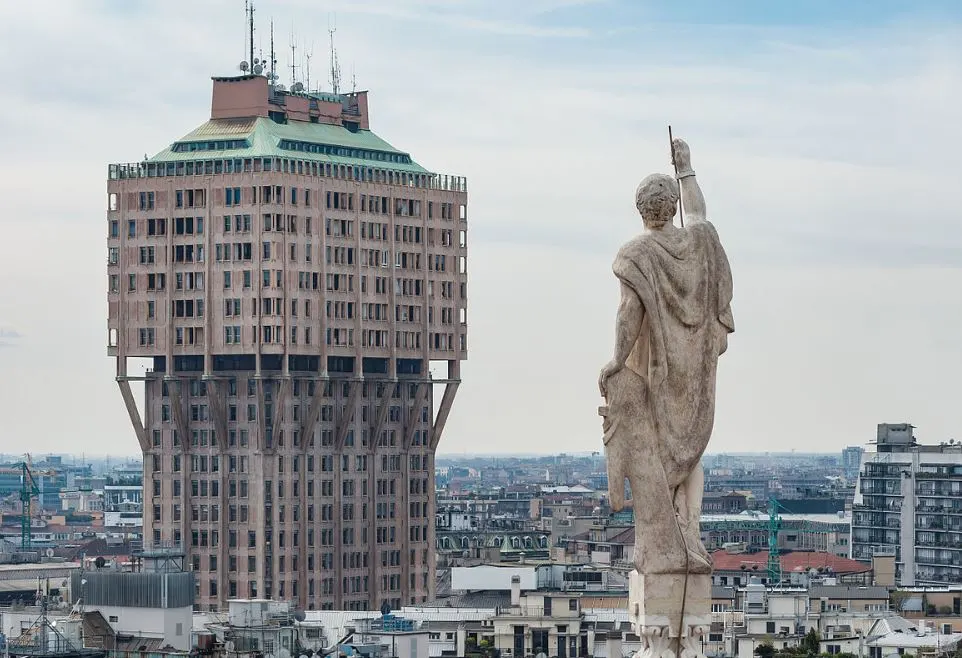whether you like it or not, this peculiar building in Milan dominates the area right in the heart of Italy’s second-largest city.
The Torre Velasca was one of the first famous skyscrapers constructed in Italy in the modern era and remains a controversial building today.
It’s a great example of Brutalist architecture, an architectural style that emerged in the aftermath of World War II during the 1950s.
In this article, you’ll discover some of the most interesting facts about the Velasca Tower, a building that you simply can’t miss when you visit Milan.
1. It’s located just a short walk south of Milan’s historical heart
The Torre Velasca or the “Velasca Tower” is one of the most prominent landmark buildings in the heart of Milan, the capital city of the Lombardy region in northern Italy.
It’s located just south of Milan Cathedral, the magnificent Gothic cathedral around which the city was established.
The tower faces the Piazza Velasca or “Velasca Square” and is by far the tallest building in this part of the city. Reaching the tower is easy because the Missori M3 metro station is located right in front of it.
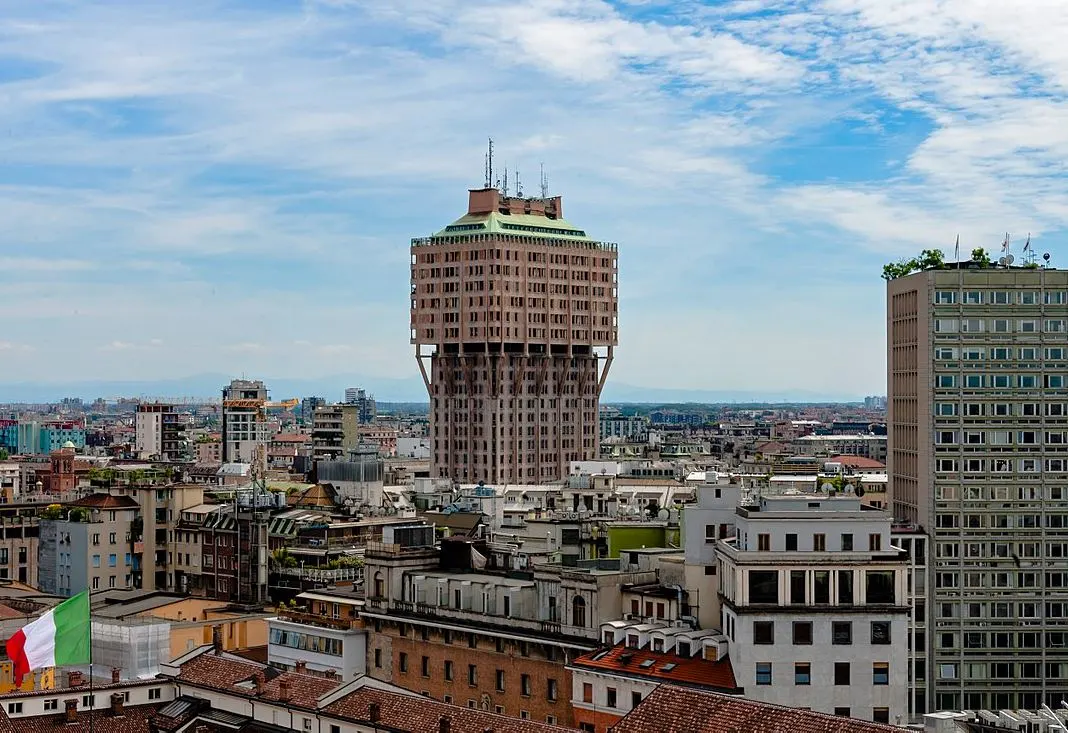
2. The building was constructed in the second half of the 1950s
The tower was one of the first major construction projects in the city following the devastation of World War II.
It was constructed between 1956 and 1958 and marked the start of new modern architecture in Milan and all of Italy after the Fascist era.

Whether or not this was a great success remains up for debate, but Fascist architecture certainly wasn’t much better.
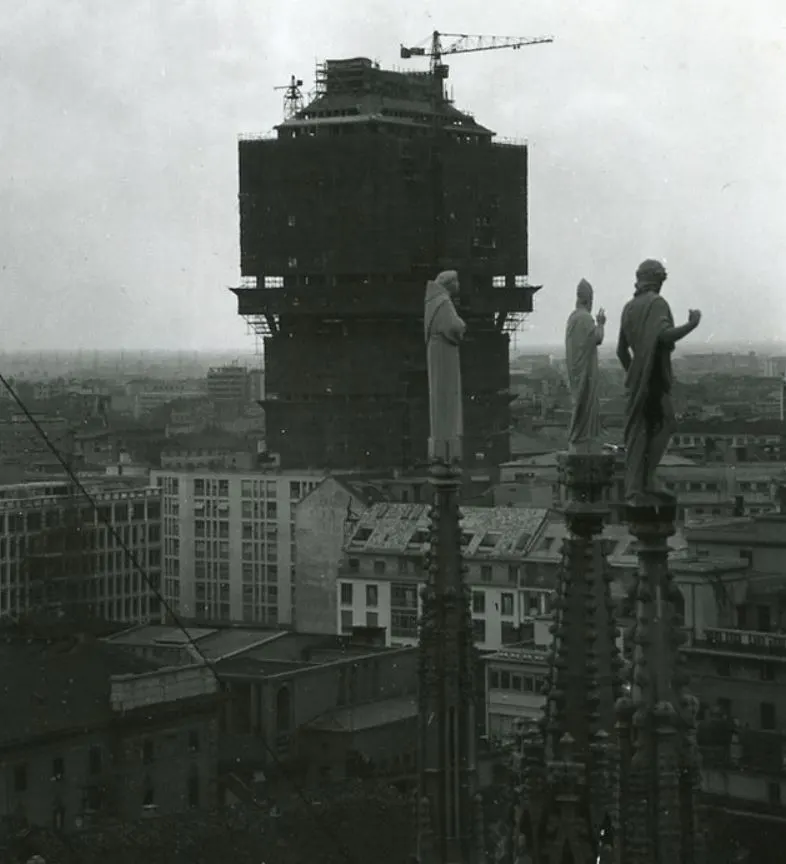
3. The tower was designed by a local Milanese architectural partnership
The tower was designed by a local architectural partnership called BBPR. This name is a reference to the family names of the families that were involved in the partnership.
It was established in Milan in 1932 by the families of Gianluigi Banfi, Lodovico Barbiano di Belgiojoso, Enrico Peressutti, and Ernesto Nathan Rogers (1909–1969).
Banfi died in a Nazi concentration camp during the war but this didn’t deter the partnership to continue its operations under the same name.
The final project that BBPR was involved in was the Restoration of the Palazzo Reale in 1994 so it could serve as the seat of the Museum of Contemporary Art in Milan.

4. There’s a specific reason why the tower is wider at the top
During the Middle Ages, property owners avoided paying too much tax by making the lowest part of their buildings much narrower than the top section.
This way they saved money but were still able to build rather large buildings with a lot of floor space. The downside was the lack of sunlight in the narrow streets.
While this didn’t apply anymore in the 20th century, the idea of the architects at BBPR was to design a building that resembled the medieval structures of Milan.
The mushroom-like design of the building was a modern interpretation of these medieval buildings.
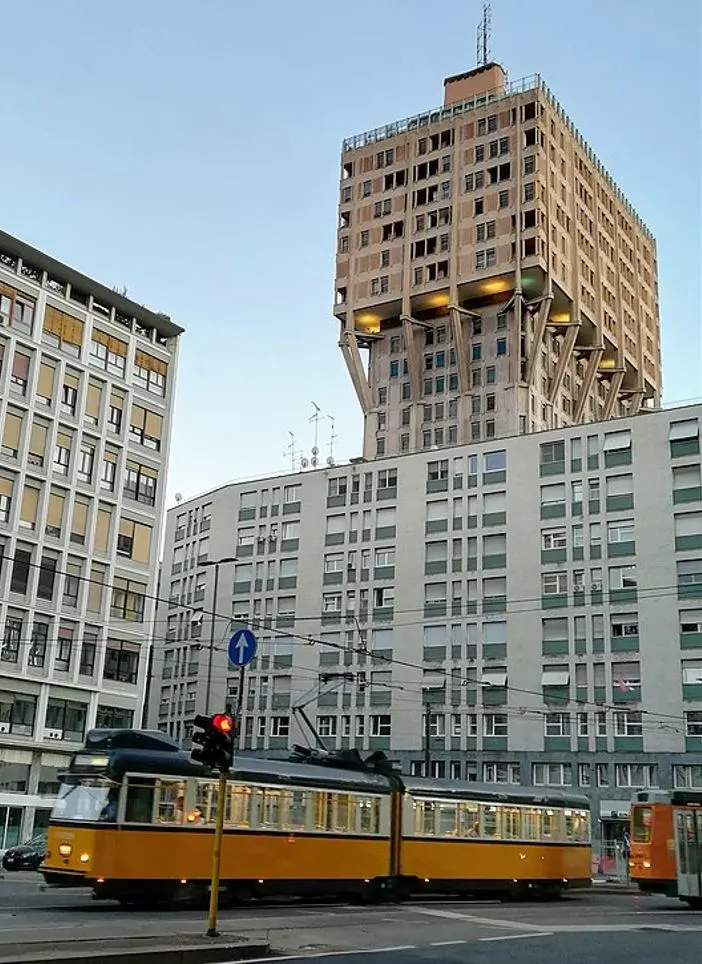
5. It’s one of the few Brutalist buildings that was ever constructed in Italy
Brutalist architecture emerged in the United Kingdom in the 1950s, a period of the heavy building following the destruction of World War II.
Things had to move fast so these structures integrated a minimalist design and often exposed the raw materials that were used to build them.
The supporting elements on the top floors of the Torre Velasca are a great example of this. Remarkably, it was one of just a handful of Brutalist buildings that were constructed in Italy.
The most notable example of Brutalist architecture in Italy is the Palace of Culture in Messina, Sicily. This is a building that was completed between 2006 and 2009 that was inspired by the Boston City Hall.

6. Torre Velasca is just tall enough to be classified as a skyscraper
So how tall is the Torre Velasca?
It’s the tallest building in this part of the city but it’s far from being the tallest building in Milan with a height of just 106 meters (348 feet).
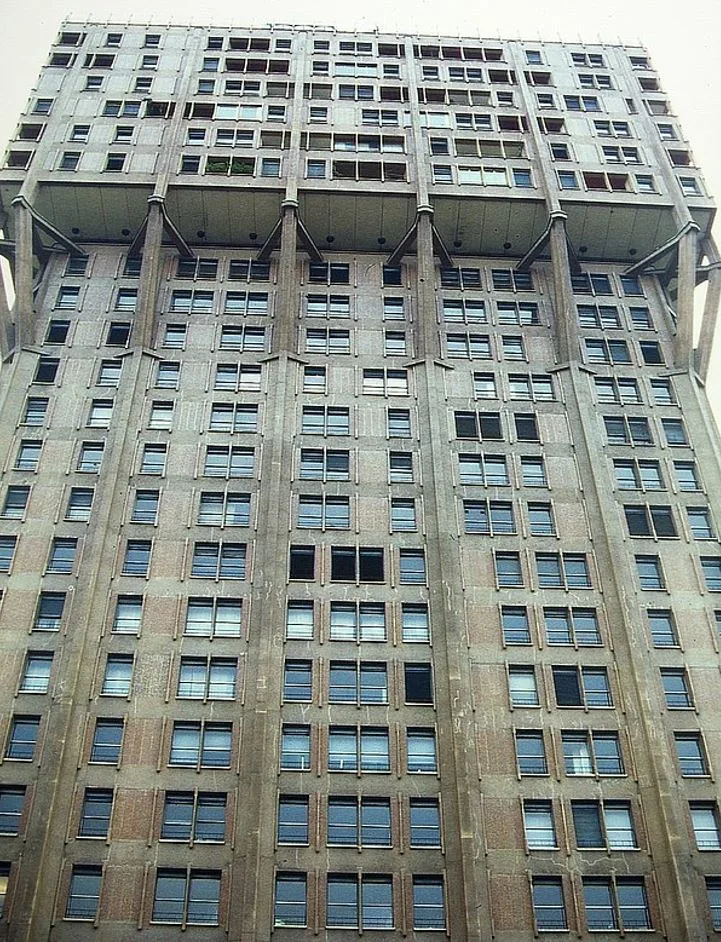
7. The tower has been ridiculed but it became a national monument in 2011
The opinions about the Torre Velasca have been divided ever since it was completed, and this notion hasn’t changed.
It’s locally referred to as the “Skyscrapers with Straps” and that’s a rather mocking nickname for a building that isn’t valued for its historic significance.
The local authorities did recognize its architectural value as one of the first modern skyscrapers in Italy and it was therefore declared a national monument in 2011.

8. Its location makes it a prominent landmark when you visit the Duomo
Did you know that you can climb to the roof of Milan Cathedral and walk among the dozens of sculptures that decorate it?
This not only allows you to admire the Gothic architecture that makes this one of the most amazing buildings in the world but also allows you to get an amazing view of the Torre Velasca.
After all, it’s only a few hundred meters away from the greatest churches in the world.
